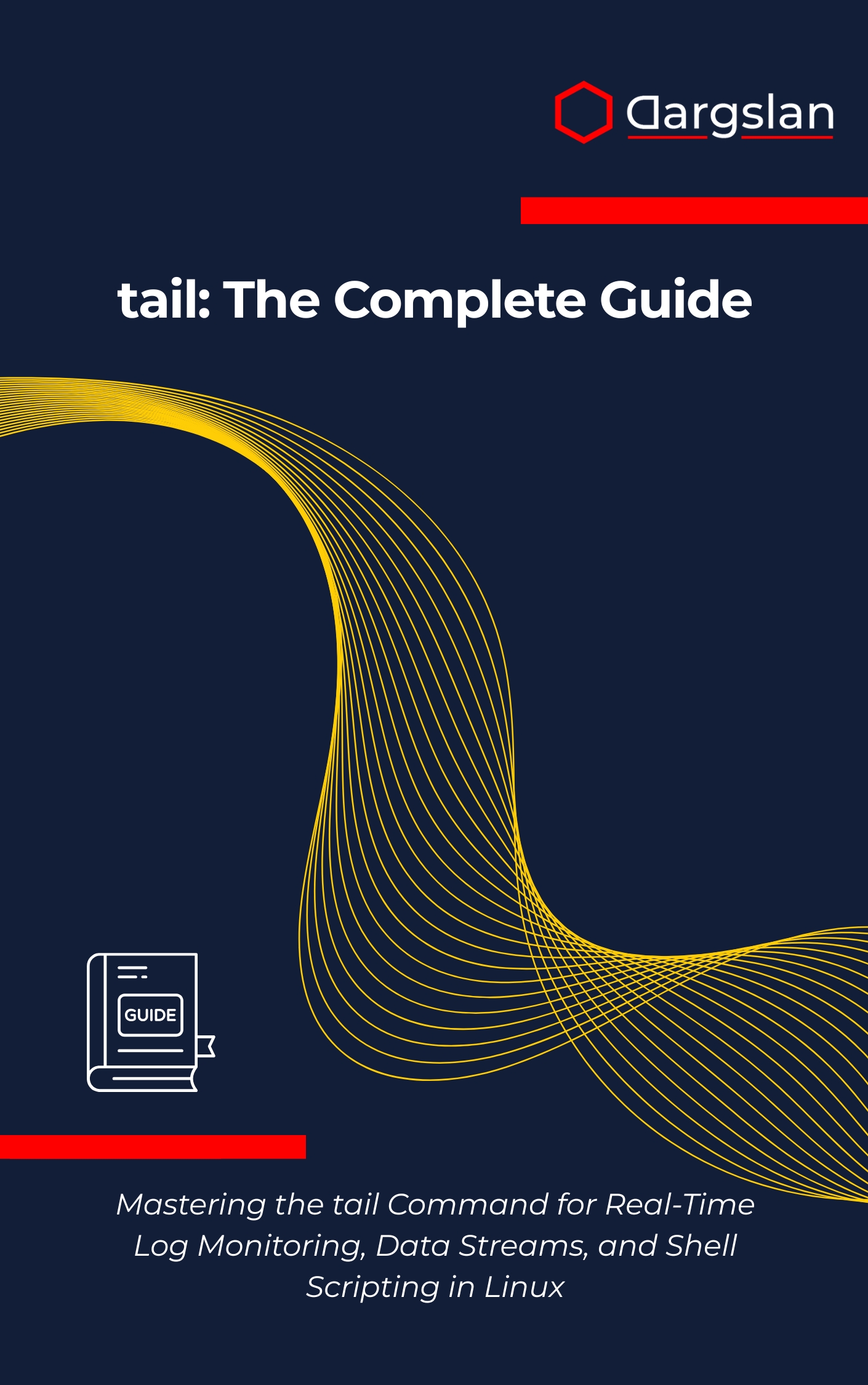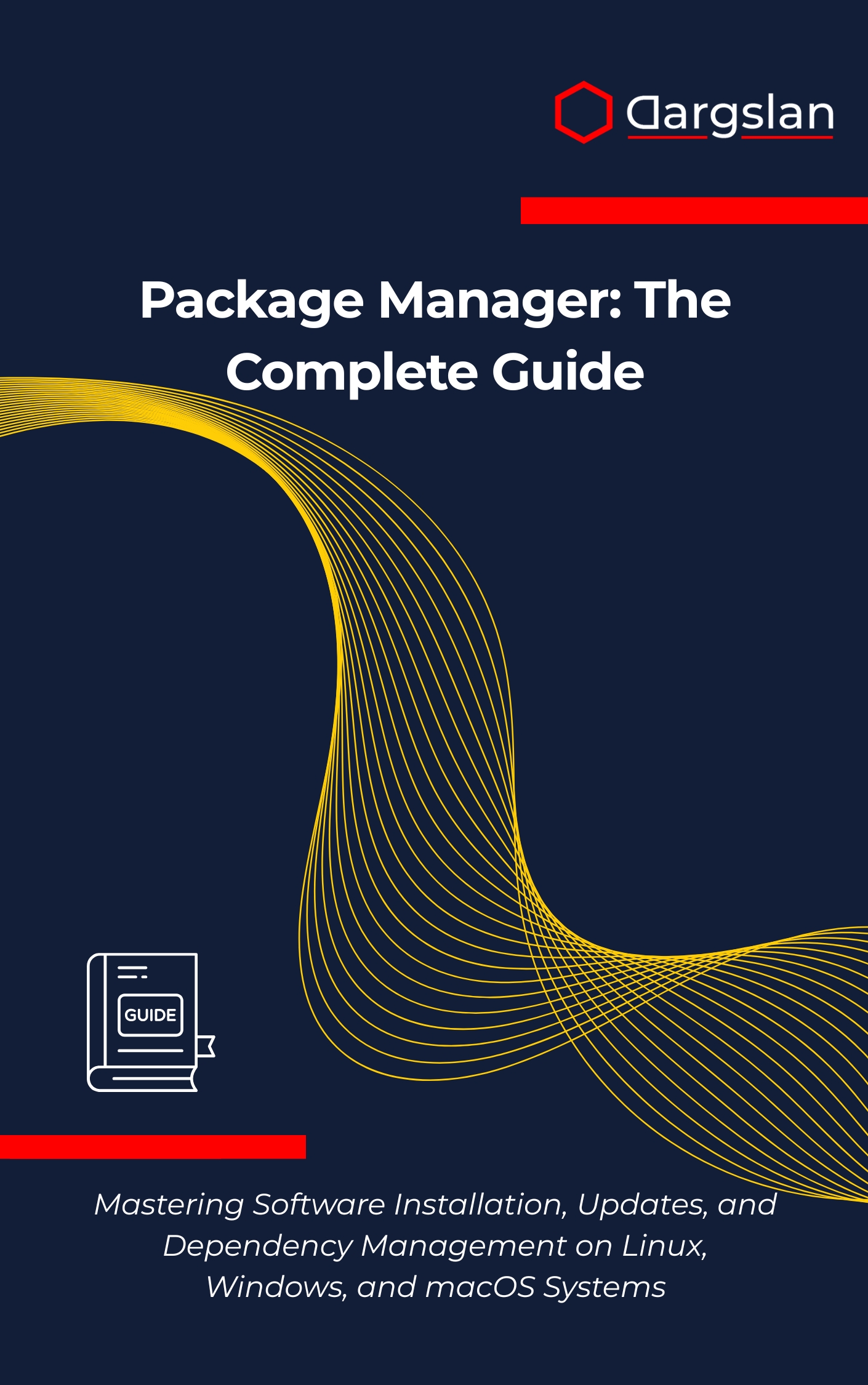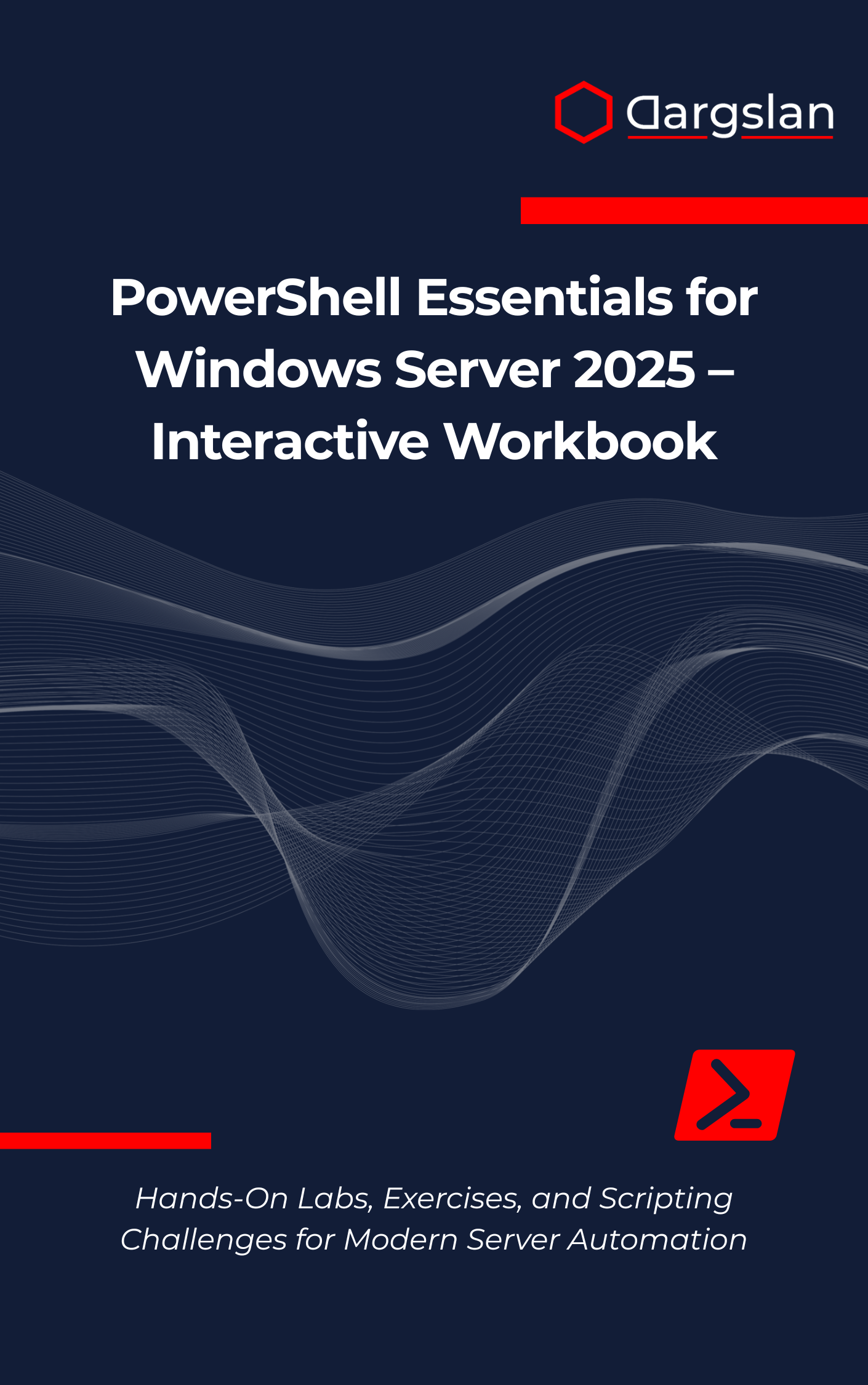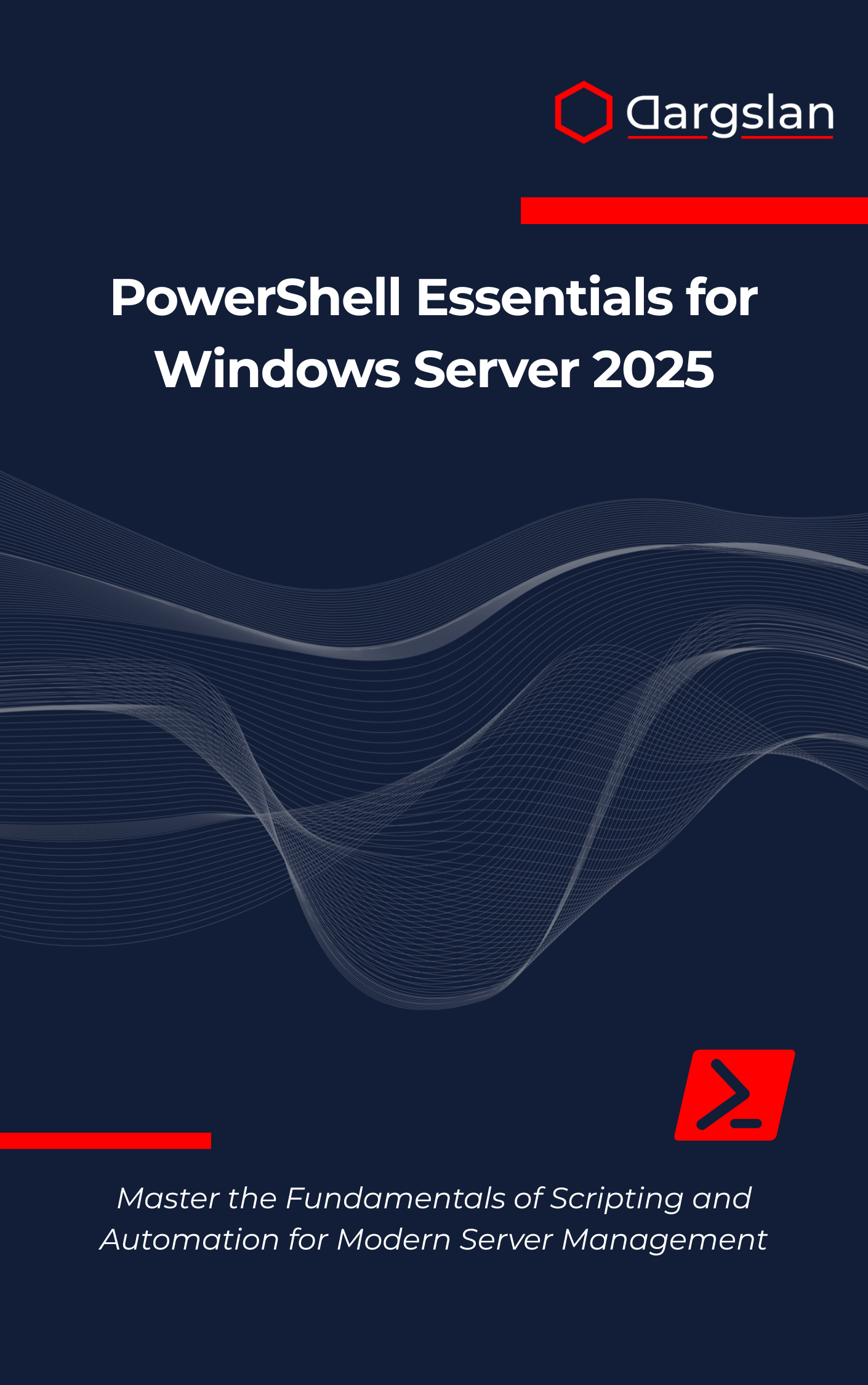Linux Terminal Basics
Linux Terminal Basics: A Beginner's Guide to Command-Line Navigation, File Management, and Shell Commands,Learn Linux terminal essentials and boost productivity with key shell commands.
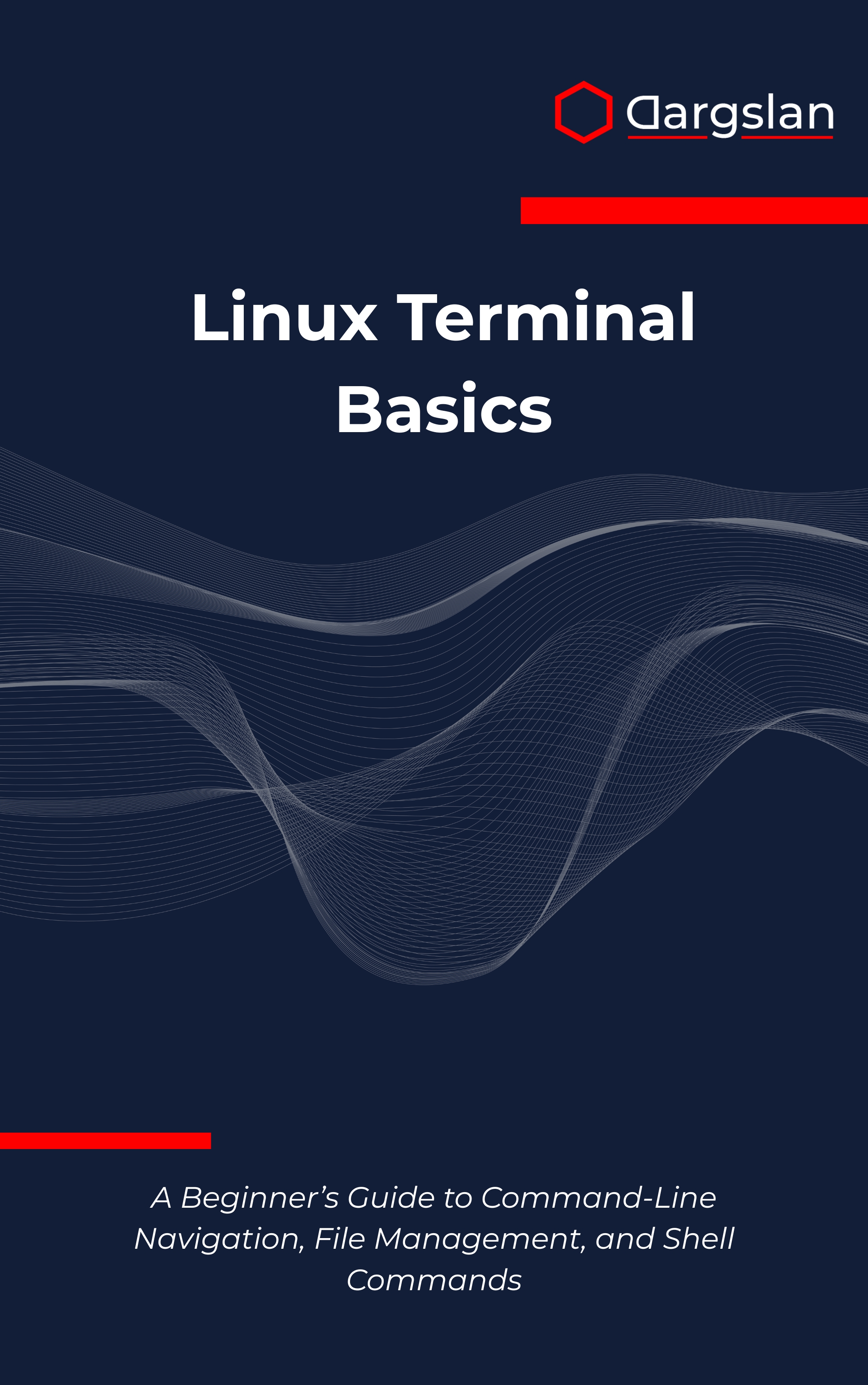
Ready to turn the Linux terminal from intimidating to empowering? This accessible guide takes you from first command to confident daily usage, helping you work faster, automate tasks, and solve problems with precision. If you’ve ever wanted to feel at home in the shell, this is your on-ramp.
A Beginner’s Guide to Command-Line Navigation, File Management, and Shell Commands
Overview
Linux Terminal Basics: A Beginner’s Guide to Command-Line Navigation, File Management, and Shell Commands equips you with practical, real-world skills for navigating any Linux environment. You’ll master Linux terminal fundamentals, shell navigation, and file management while learning directory operations, text editing, file permissions, and user management through clear explanations and hands-on exercises. The book also covers command-line utilities, archive handling, compression tools, command chaining, input/output redirection, package management, terminal customization, help systems, and troubleshooting techniques—everything you need to move from novice to confident user.
Written for universal applicability across Ubuntu, Debian, Fedora, CentOS, and Arch Linux, this IT book functions as both a programming guide and a technical book that scales with your goals. Whether you’re a student, a new engineer, or a curious tinkerer, you’ll gain a strong foundation, learn to read manual pages, and build the mental models required to work effectively from the terminal in any distribution or workplace environment.
Who This Book Is For
- New Linux users who want a gentle, structured introduction that transforms the command line into a productive daily tool.
- Developers and IT professionals transitioning from other platforms who need repeatable workflows, from package management and scripting to file permissions and user management.
- Students, makers, and career changers ready to accelerate their skills—start now and build confidence with practical, hands-on exercises.
Key Lessons and Takeaways
- Navigate the filesystem with confidence using commands like
ls,cd,pwd, andtree, and understand absolute vs. relative paths to move quickly and avoid mistakes. - Master everyday file and directory operations—create, copy, move, rename, and remove content safely—while learning robust patterns for globbing, hidden files, and efficient directory management.
- Understand and apply Linux permissions with
chmod,chown, andumask, so you can secure files, manage collaboration, and respect least-privilege best practices. - Work fluently with text: view files with
cat,less, andhead/tail; search withgrep; edit withnanoorvim; and parse output withcut,sort, anduniq. - Streamline tasks using command chaining with
;,&&, and||, plus input/output redirection (>,>>,<) and pipelines (|) to compose powerful, repeatable one-liners. - Manage software effectively: use
apt,dnf,pacman, andsnapfor package management across distributions, including searching, installing, updating, and removing packages. - Handle archives and compression with confidence: create and extract
tararchives, work withgzip,bzip2, andzip/unzip, and verify integrity to keep your data portable and lean. - Customize your terminal for productivity with aliases, environment variables, prompt tweaks, and shell profiles, shaping an environment that fits your workflow.
- Leverage built-in help systems—
man,--help, andinfo—to self-serve answers quickly and apply troubleshooting techniques that save time and reduce frustration.
Why You’ll Love This Book
This guide stands out for its clarity, step-by-step structure, and realistic examples that map directly to daily tasks. Concepts are introduced progressively, reinforced by hands-on exercises that build muscle memory and confidence. You’ll learn the “why” behind the commands, not just the “how,” so you can adapt to new distributions, tools, and workflows with ease.
How to Get the Most Out of It
- Follow the chapters in order to build a strong foundation—start with navigation, then explore files, permissions, text processing, chaining, and finally package management and customization.
- Apply each concept immediately in your own environment: replicate examples on a live system or virtual machine, and practice with your real project files to develop instinctive habits.
- Tackle mini-projects such as organizing a messy directory tree, writing a chained command to process logs, creating a compressed backup, or customizing your shell with useful aliases.
Get Your Copy
Level up your command-line skills and turn the terminal into a productivity superpower. Start learning today and see immediate improvements in speed, confidence, and problem-solving.

